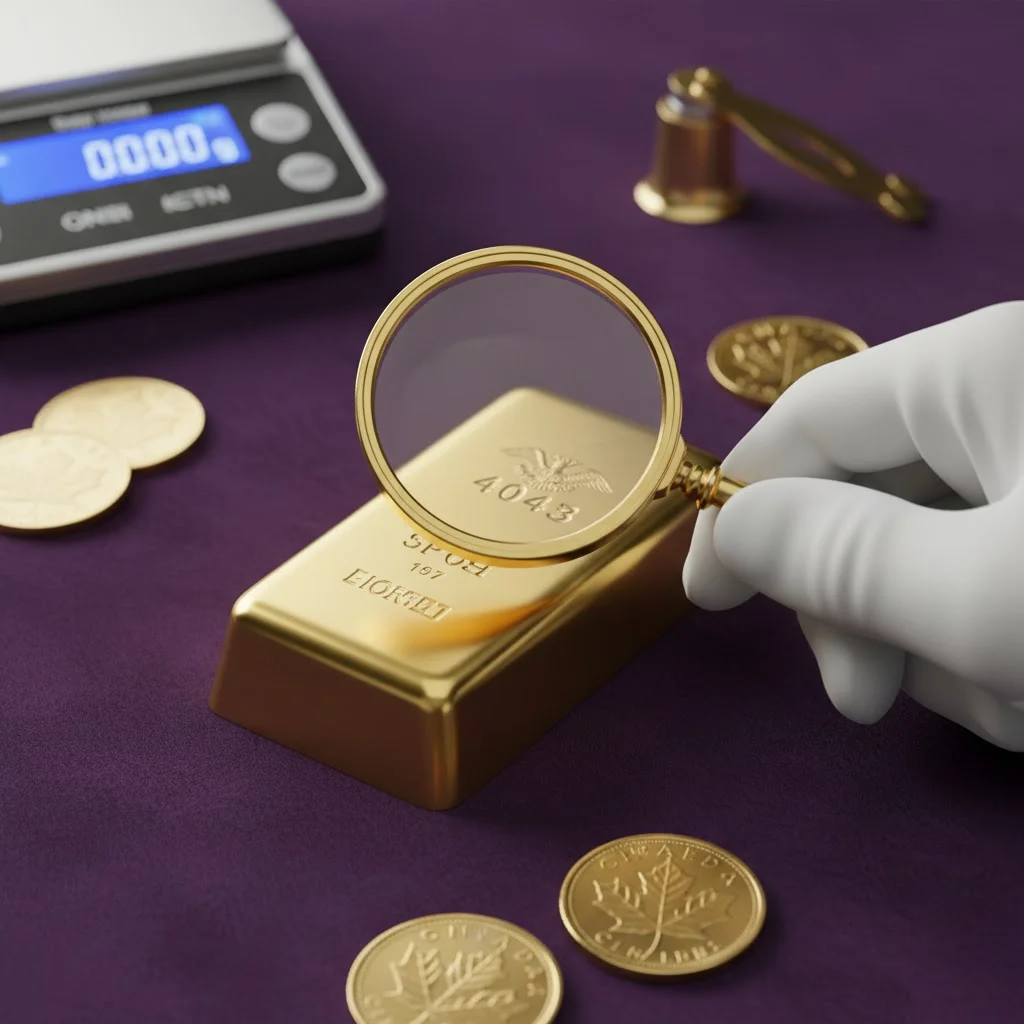“When uncertainty hits, where does your money feel safest — shining in a vault or floating on a chart?”
In a world where one tweet can tank the markets, and inflation eats away at your savings like rust on iron, smart investors turn to one essential question: Should I invest in gold or stocks during economic uncertainty?
Whether you’re a seasoned investor or someone looking to secure your future, understanding the real differences between bullion and stocks is critical. Let’s dig deep and see which one may offer more safety, growth, and peace of mind in turbulent times.
Understanding the Basics: Gold vs. Stocks
What Is Gold (Bullion) as an Investment?
Gold bullion, often bought in the form of bullion bars or coins, is a tangible, finite asset that has held its value for thousands of years. It isn’t tied to any government or company, making it a “safe haven” when currencies collapse or markets crash.
- Pros:
- Intrinsic value
- Hedge against inflation
- No credit risk or default
- Tangible and private asset
- Cons:
- Doesn’t pay dividends
- Storage and insurance costs
- Slower appreciation in boom times
What Are Stocks?
Stocks represent ownership in a company. When you buy shares, you own a piece of that business. Stocks offer dividends and capital growth, especially during economic expansion.
- Pros:
- Potential for high returns
- Dividend income
- Easy to buy/sell via brokerage accounts
- Cons:
- Volatile during market crashes
- Susceptible to poor management
- Emotional investing can lead to losses
What Happens During Economic Uncertainty?
Recessions, inflation, wars, pandemics — when the world goes unstable, markets react. Stock prices often plummet due to fear, reduced spending, and investor panic.
Gold, however, tends to rise or remain stable, as investors look for safety and preservation of wealth.
Example:
During the 2008 financial crisis, the S&P 500 dropped nearly 38%, while gold gained 5.5% in the same year. That’s the power of a hedge.
Head-to-Head: Gold vs. Stocks Comparison Table
| Feature | Gold (Bullion) | Stocks |
|---|---|---|
| Risk Level | Low to moderate | Moderate to high |
| Liquidity | High (though physical gold takes time to sell) | Very high |
| Income Generation | None | Dividends possible |
| Inflation Protection | Excellent | Mixed |
| Long-Term Growth | Stable, slow | Potentially high |
| Economic Uncertainty | Strong performance | Highly volatile |
| Storage Needed | Yes (vault or safe) | No |
| Accessibility | Easy via dealers like Bullion Fortune | Easy via online brokers |
Why Many Americans Are Turning to Gold Today
With record inflation, mounting national debt, and geopolitical tensions, more investors are hedging their bets with physical gold and silver bullion. It’s not just about gains — it’s about protection.
Platforms like Bullion Fortune make it easier than ever to:
- Buy authenticated gold and silver
- Store bullion securely
- Diversify retirement funds through Gold IRAs
So, Which Is Better?
It’s not a one-size-fits-all answer. Here’s how to think about it:
- If you want growth and are okay with risk – Stocks may be for you.
- If you want stability, protection, and a hedge – Gold is the answer.
- If you’re building a balanced portfolio – Hold both.
Final Thoughts
Economic uncertainty isn’t just a buzzword – it’s a reality. When the economy shakes, gold stands still, and stocks swing wildly. Smart investors know that in times like these, wealth isn’t just about growth — it’s about preservation.
So, is your portfolio ready for the storm?
Visit Bullion Fortune to explore real, tangible wealth in the form of gold and silver bullion. Whether you’re hedging against inflation or planning for retirement, now is the time to diversify smartly.








Leave a comment